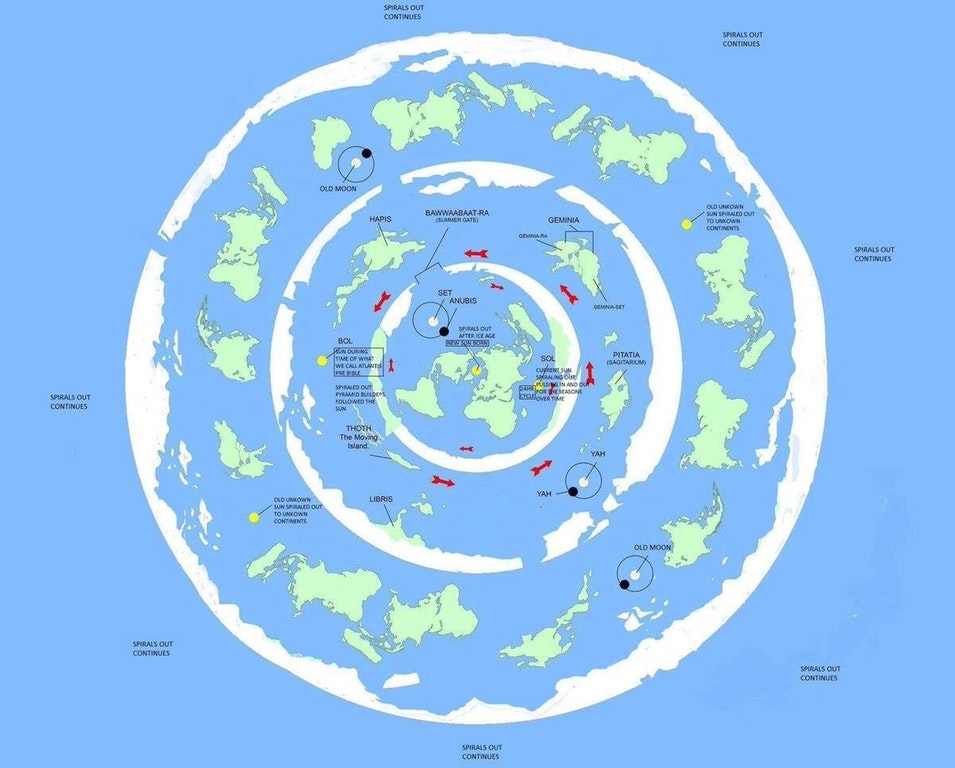

It has perfect local shapes but is bad at depicting areas. These are illustrated by the famous Mercator projection, the base template for Google maps. Previously, Goldberg and I identified six critical error types a flat map can have: local shapes, areas, distances, flexion (bending), skewness (lopsidedness) and boundary cuts. But flat maps are easy to store and manufacture and are therefore desirable. Depicting the curved surface of the Earth on a flat map has been the cartographers’ problem for centuries. I and my colleagues Dave Goldberg and Bob Vanderbei (who invented the “ Purple America” map for showing election results) have produced what we believe to be the most accurate flat map of the Earth ever made. Since becoming an emeritus professor at Princeton, I have fondly returned to some of my childhood interests. When I was 14, I made a painted globe of Mars based on a flat Mercator Mars map by the astronomer E. As a kid I was fascinated by map projections. Geodesy is the science of measuring and monitoring the size and shape of the Earth, including its gravity field, and determining the location of points on the Earth’s surface.I usually work on general relativity and cosmology. The National Geodetic Survey measures and monitors our ever-changing planet.

Sometimes this change is periodic, as is the case with daily tides that affect both the ocean and the crust sometimes the change is slow and steady, as with the drift of tectonic plates or the rebound of the crust after a heavy sheet of ice has melted and sometimes the shape of the planet changes in violent, episodic ways during events such as earthquakes, volcanic eruptions, or meteor strikes. Slight variations in Earth’s gravity field cause permanent hills and valleys in the ocean’s surface of over 300 feet relative to an ellipsoid.Īdditionally, the shape of the Earth is always changing. Sea level itself is even irregularly shaped.

Mountains rising almost 30,000 feet and ocean trenches diving over 36,000 feet (compared to sea level) further distort the shape of the Earth. This is due to the centrifugal force created by the earth’s constant rotation. Our planet is pudgier at the equator than at the poles by about 70,000 feet. However, even an ellipsoid does not adequately describe the Earth’s unique and ever-changing shape. While the Earth appears to be round when viewed from the vantage point of space, it is actually closer to an ellipsoid.


 0 kommentar(er)
0 kommentar(er)
